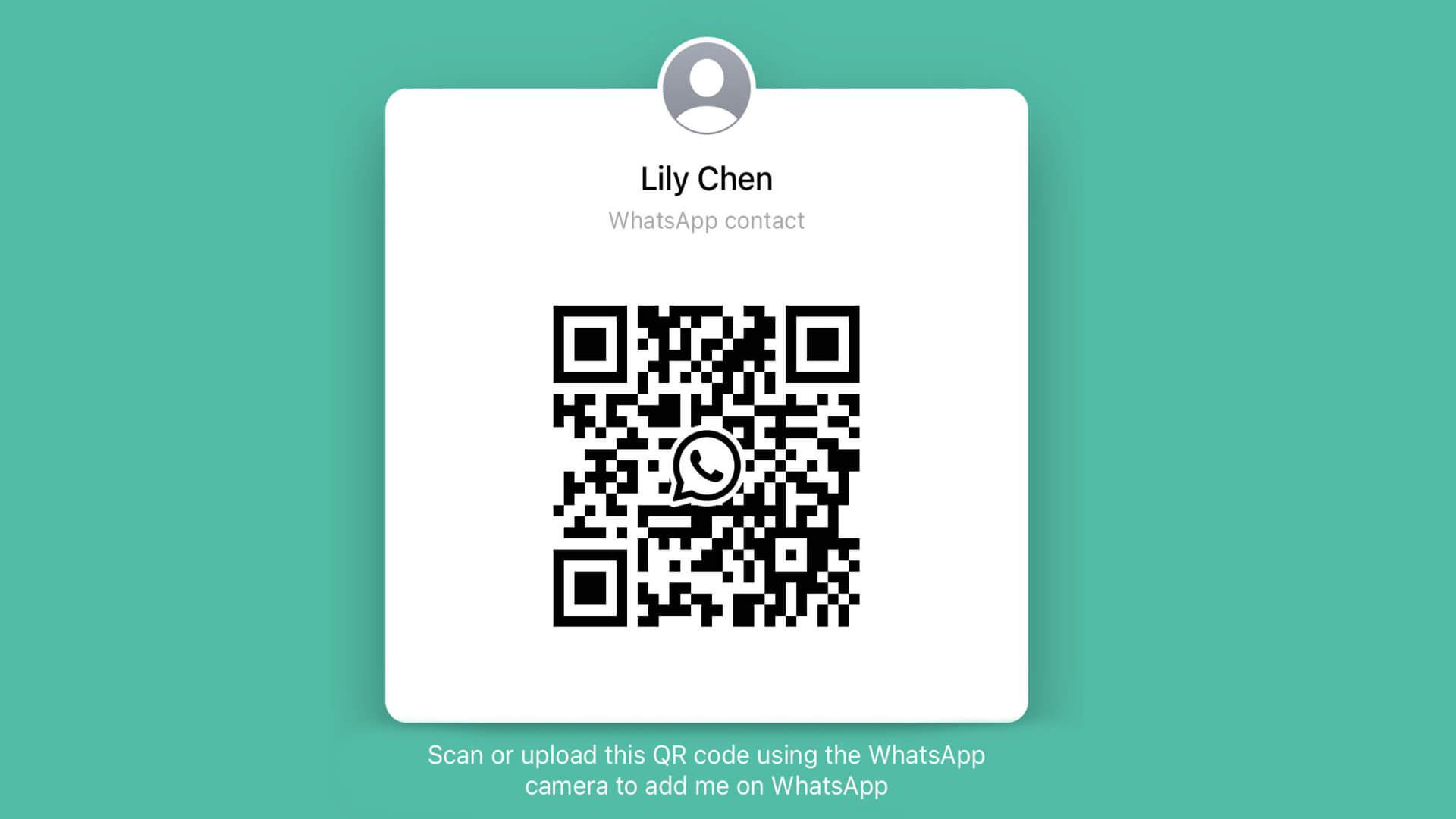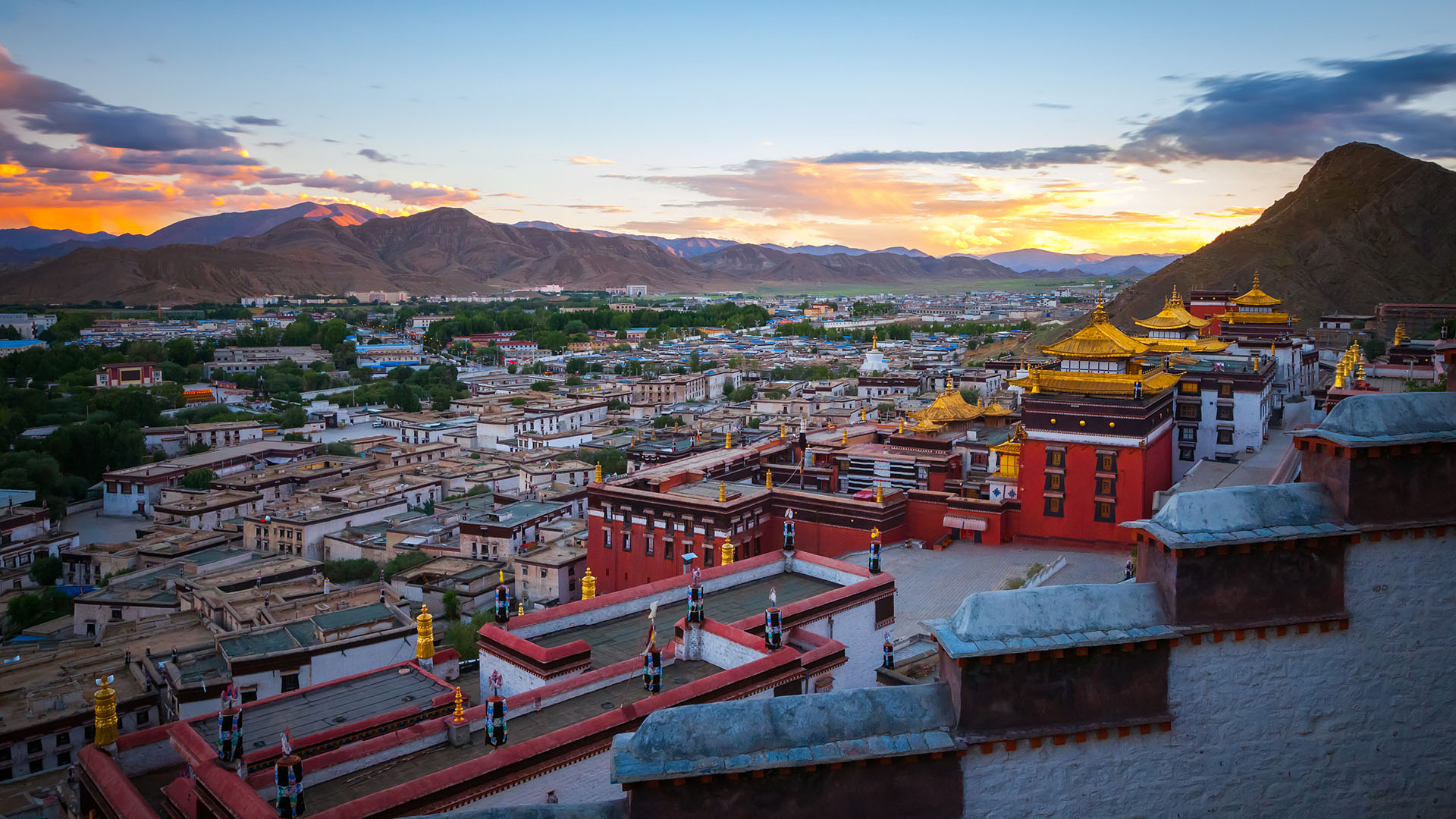
Tashilhunpo Monastery
- Chinese Name:扎什伦布寺
- Add: No. 1 Jijilangka Road, Shigatse City 日喀则市几吉郎卡路1号
- Opening Time: 09:00-19:30
- Tickets: 100 CNY/per
- Tel: (+0086) 0892-8828370
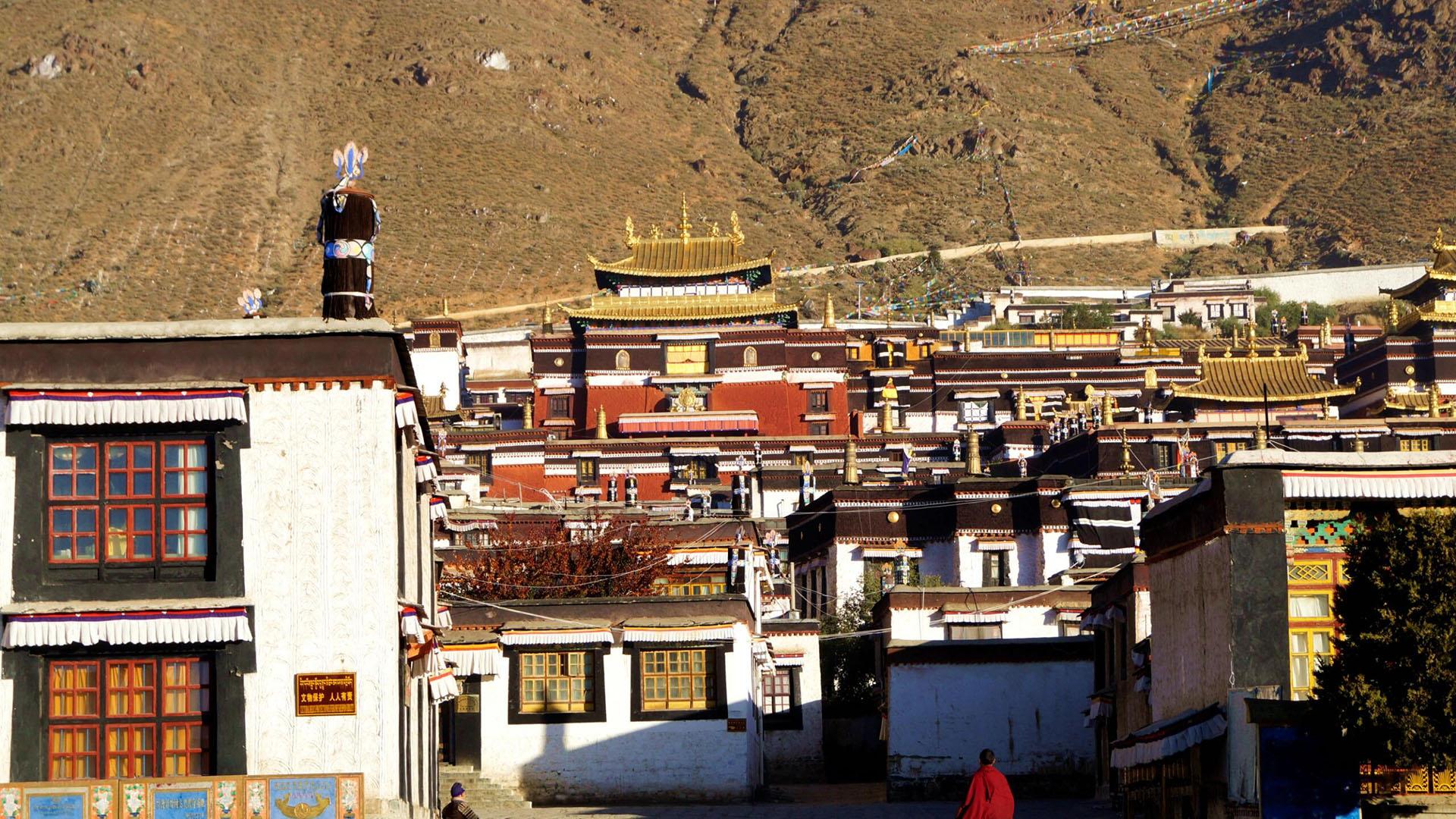
Tashilhunpo Monastery
Tashilhunpo Monastery: A Beacon of Tibetan Spirituality
Nestled at the foot of Drolmari Mountain in Shigatse, Tashilhunpo Monastery is a magnificent symbol of Tibetan Buddhism and a testament to the region’s cultural richness. As the traditional seat of the Panchen Lama, it is one of the most important monasteries in Tibet, offering travelers a blend of historical, spiritual, and architectural marvels.
A Legacy of the Panchen Lama
Founded in 1447 by the first Dalai Lama, Tashilhunpo Monastery has served as the home of the Panchen Lamas, the second-highest spiritual leaders in Tibetan Buddhism. The monastery’s historical significance and its role in Tibetan religious life make it a must-visit for those seeking a deeper understanding of Tibetan culture.
Architectural Grandeur
Spanning an area of 150,000 square meters, Tashilhunpo Monastery is a masterpiece of Tibetan architecture. Its golden-roofed halls, whitewashed walls, and intricate murals exude an aura of majesty and tranquility. The Maitreya Chapel, housing a 26-meter-high statue of the Future Buddha adorned with gold and precious stones, is a breathtaking highlight that captivates visitors.
A Spiritual and Cultural Experience
The monastery remains a vibrant center of worship, with monks performing daily rituals and chanting prayers. Visitors can explore the grand assembly halls, serene courtyards, and prayer wheels, immersing themselves in the monastery’s spiritual ambiance. The annual Tashilhunpo Festival, featuring traditional Tibetan opera and sacred ceremonies, provides a unique cultural experience for those lucky enough to attend.
Gateway to Tibetan Heritage
Located in Shigatse, Tibet’s second-largest city, Tashilhunpo Monastery is easily accessible and pairs well with visits to other local attractions, including Shigatse Dzong and the surrounding Himalayan landscape.
Why Visit Tashilhunpo Monastery?
Tashilhunpo Monastery offers more than a glimpse into Tibetan Buddhism—it’s an opportunity to connect with a living tradition, marvel at architectural splendor, and experience the serene beauty of Tibetan spirituality. Let this iconic monastery inspire your journey through Tibet’s timeless treasures.

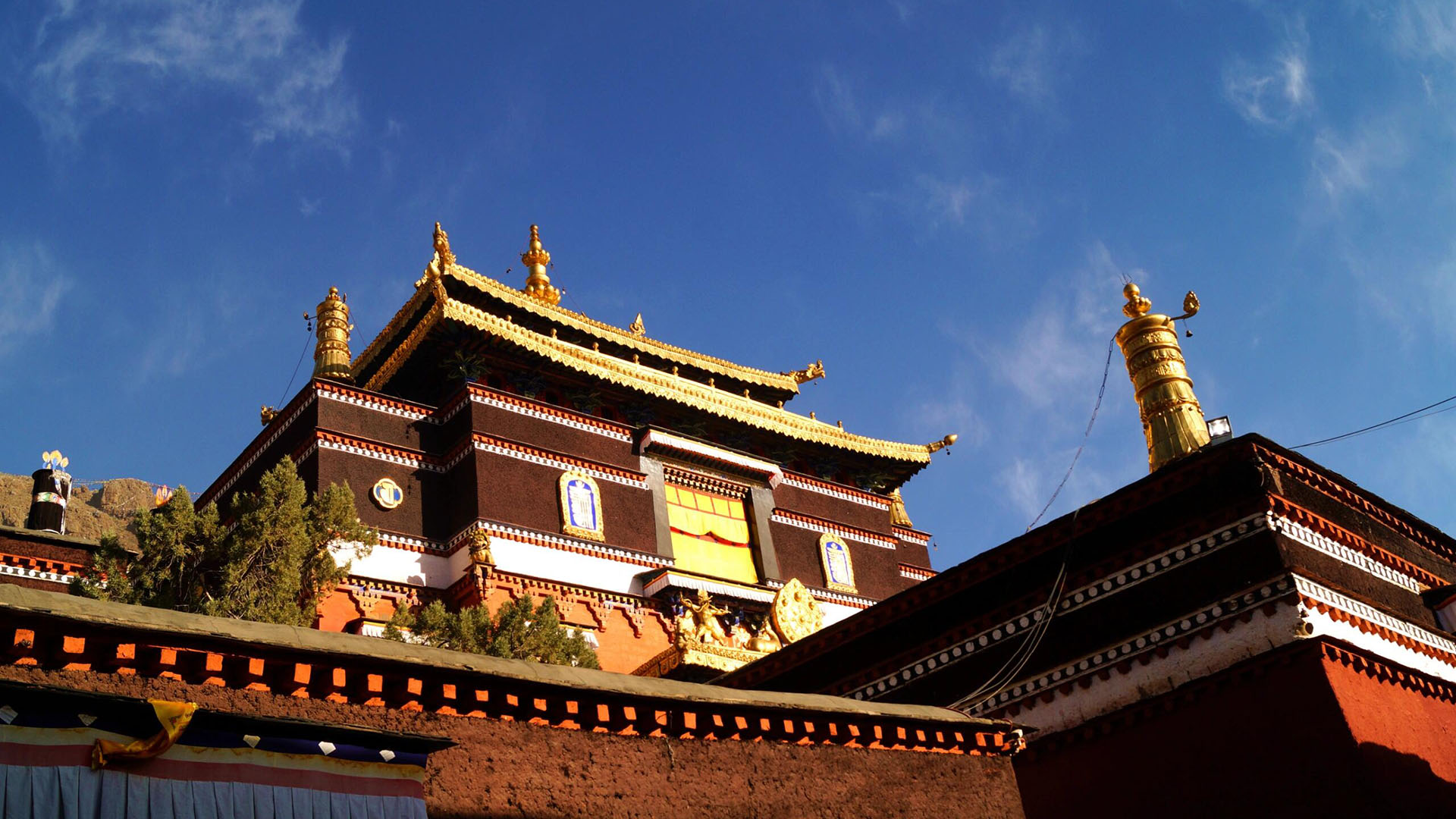
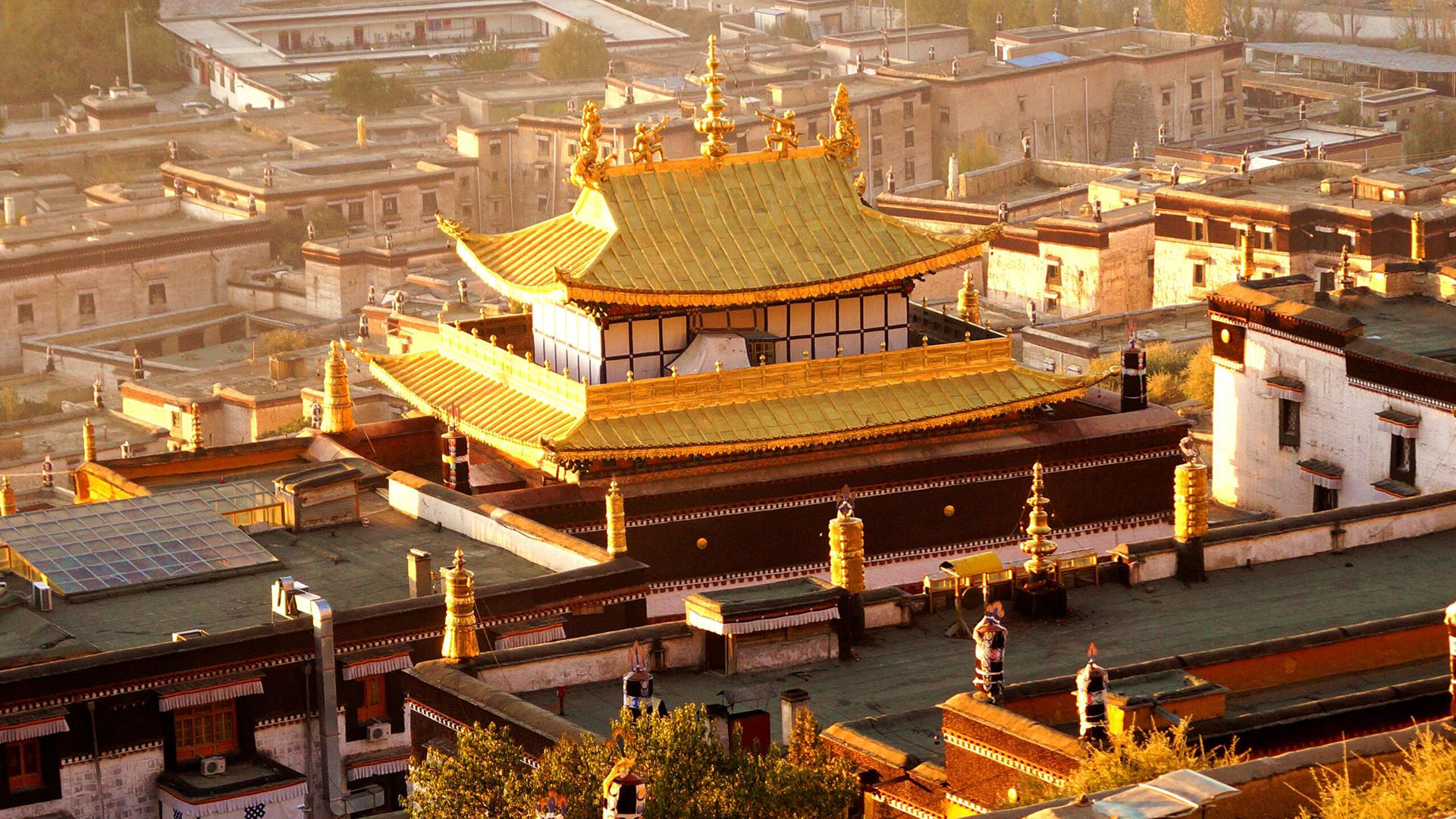

Shigatse Tashilhunpo Monastery Tourist Map
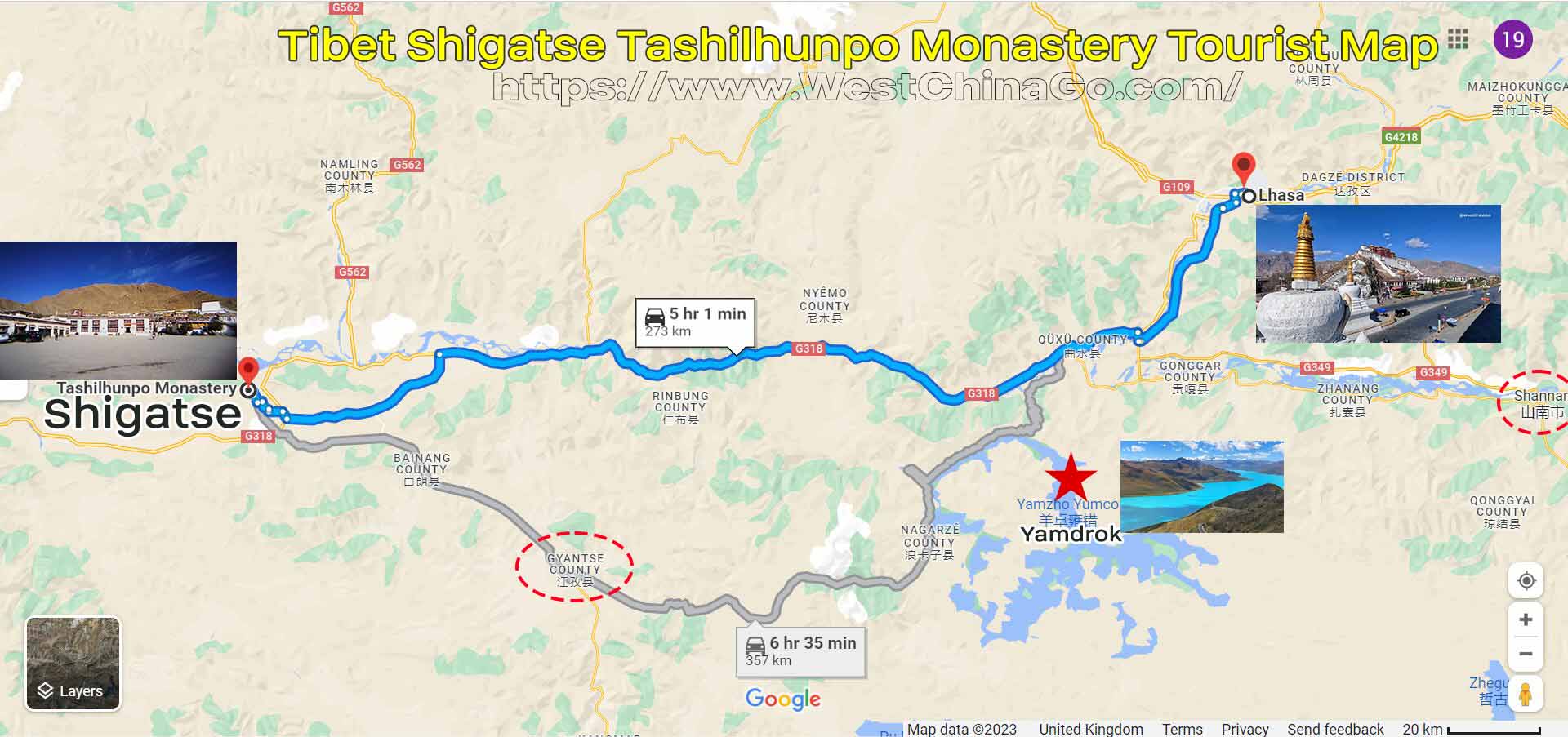

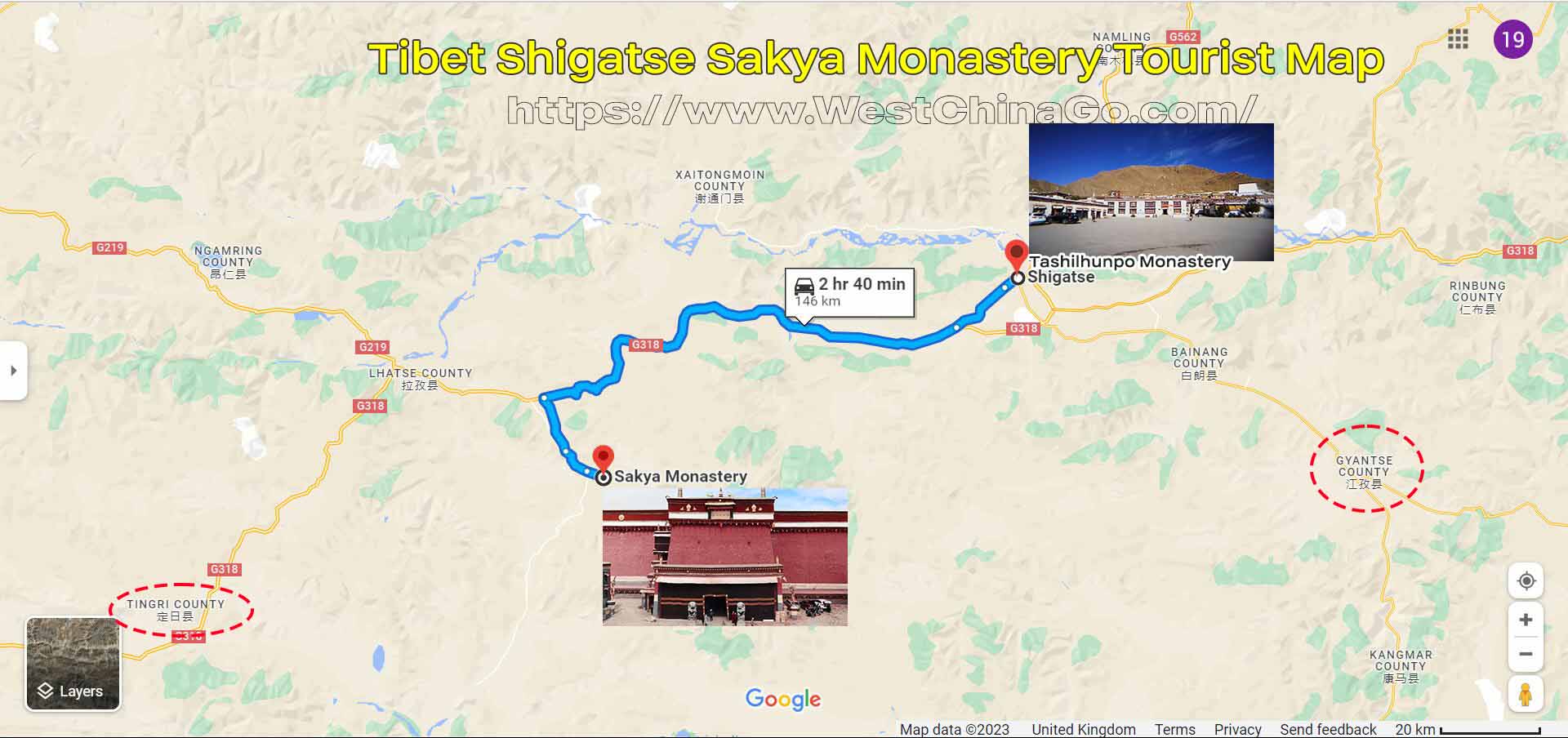
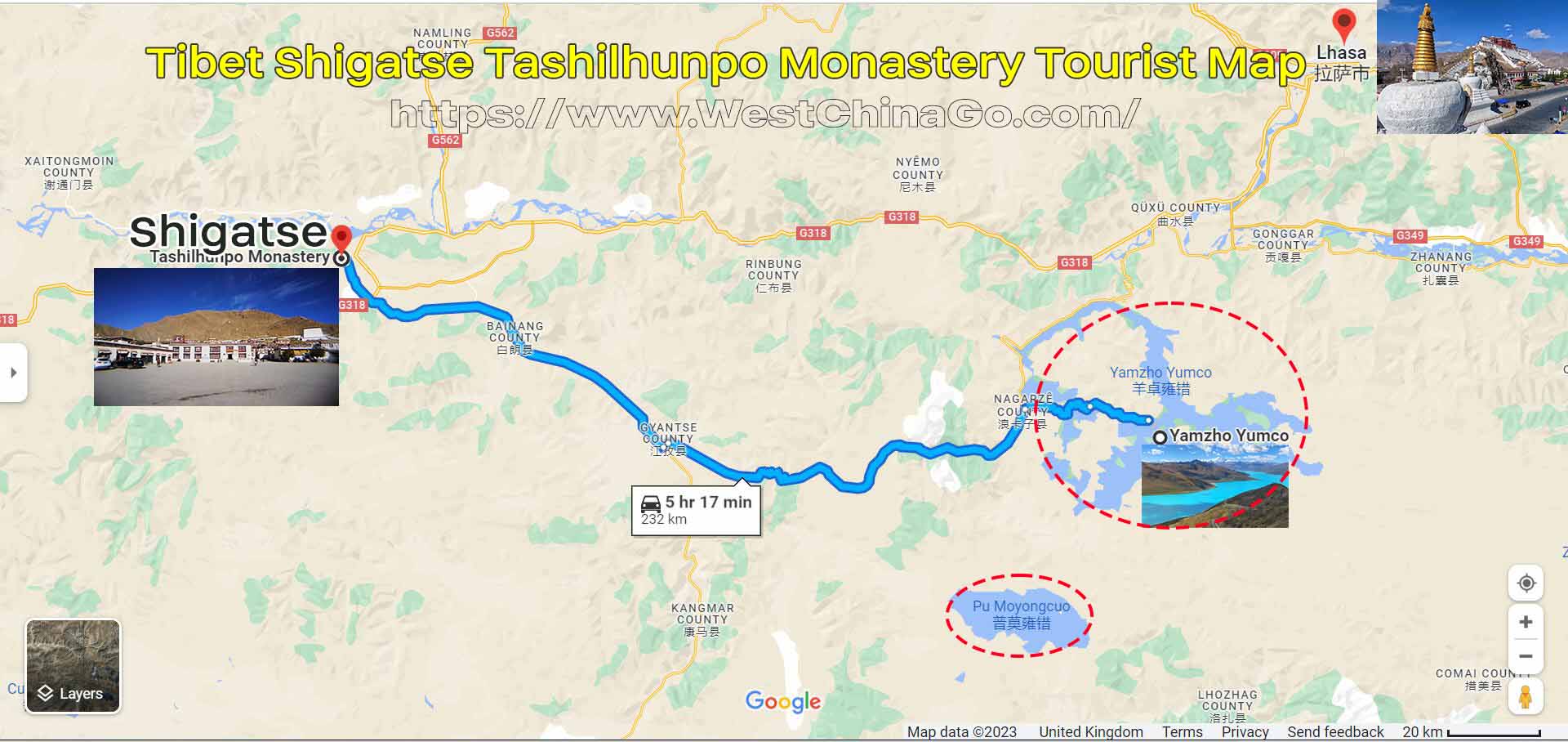
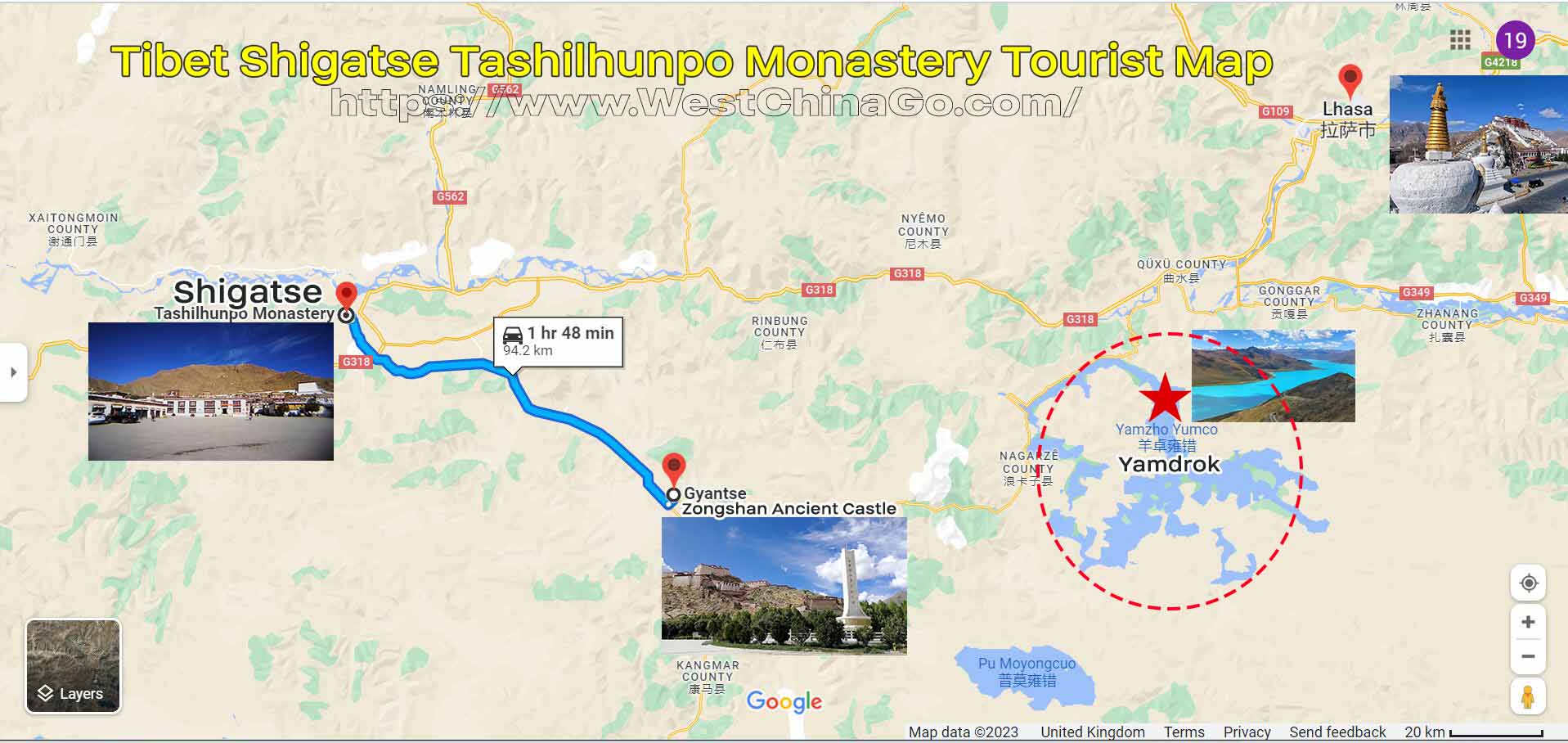
Tashilhunpo Monastery
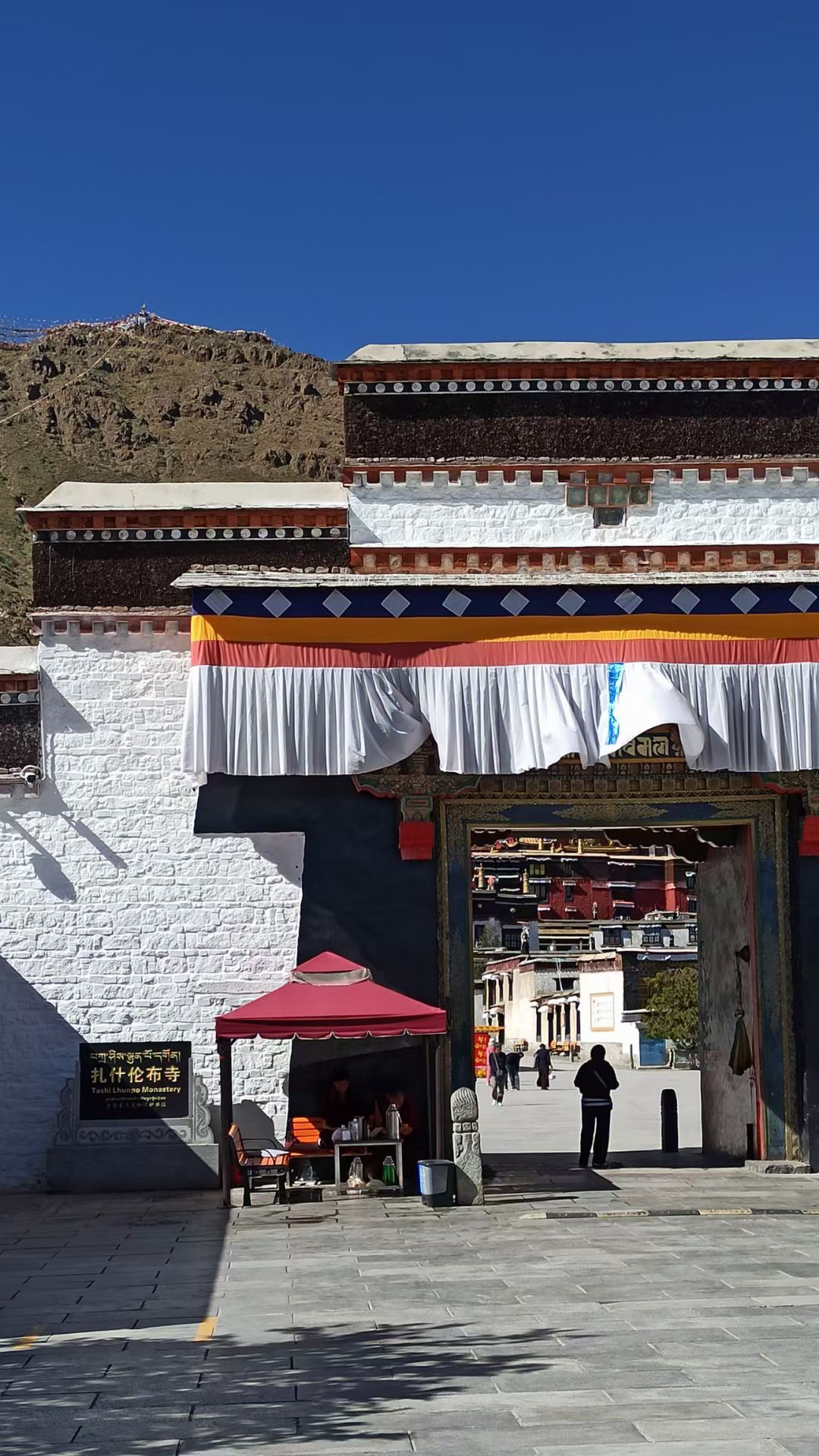
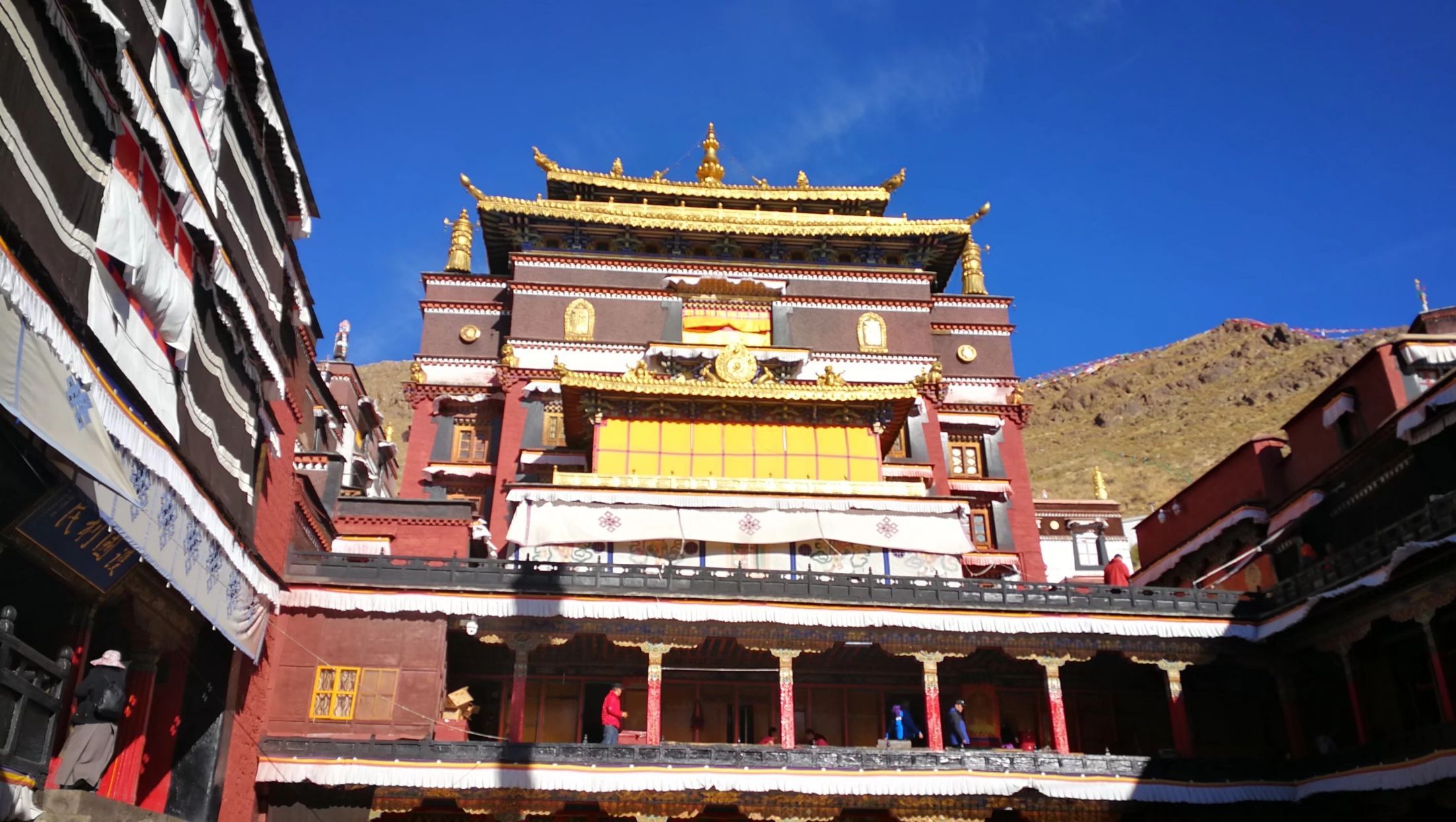
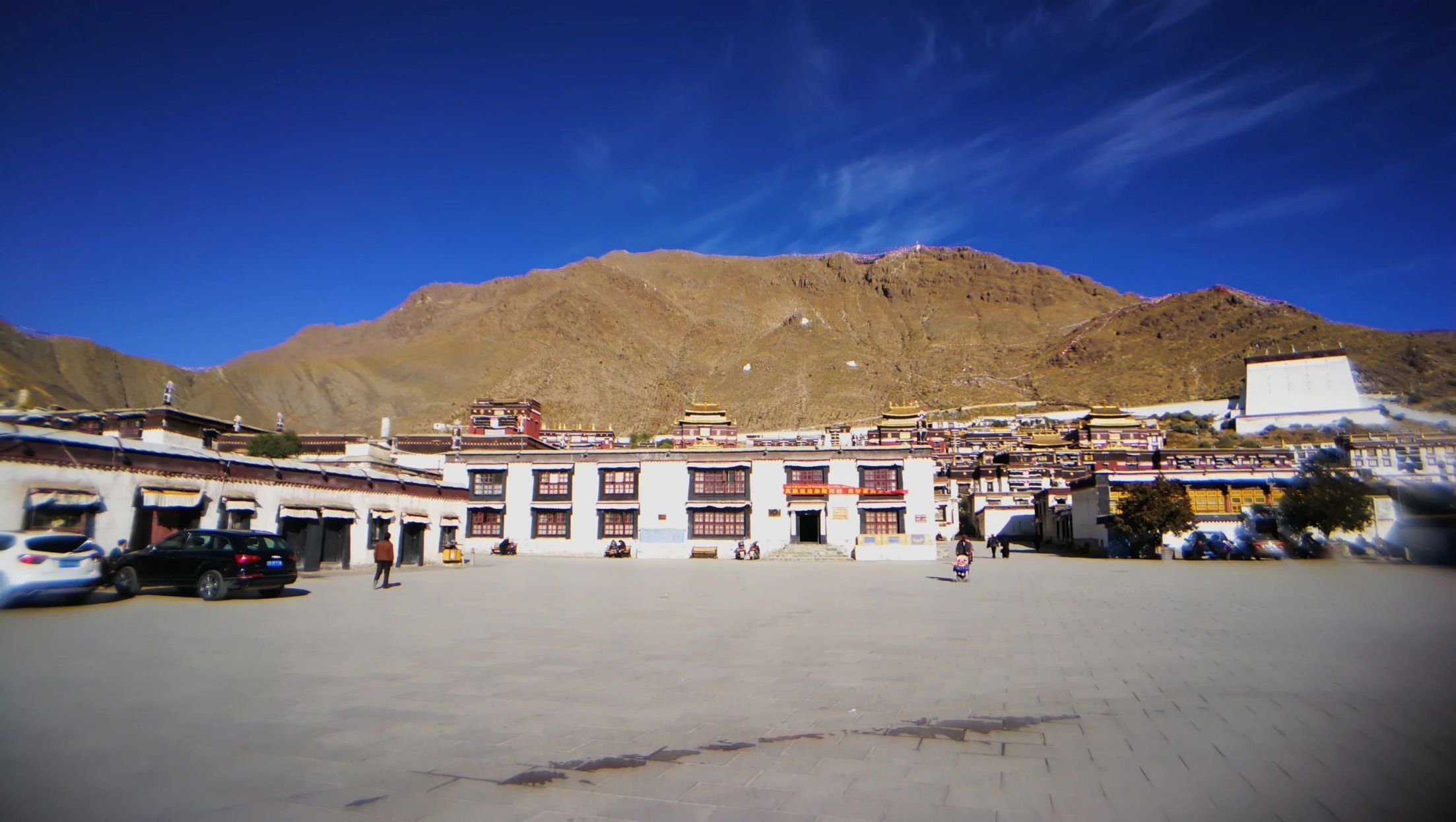
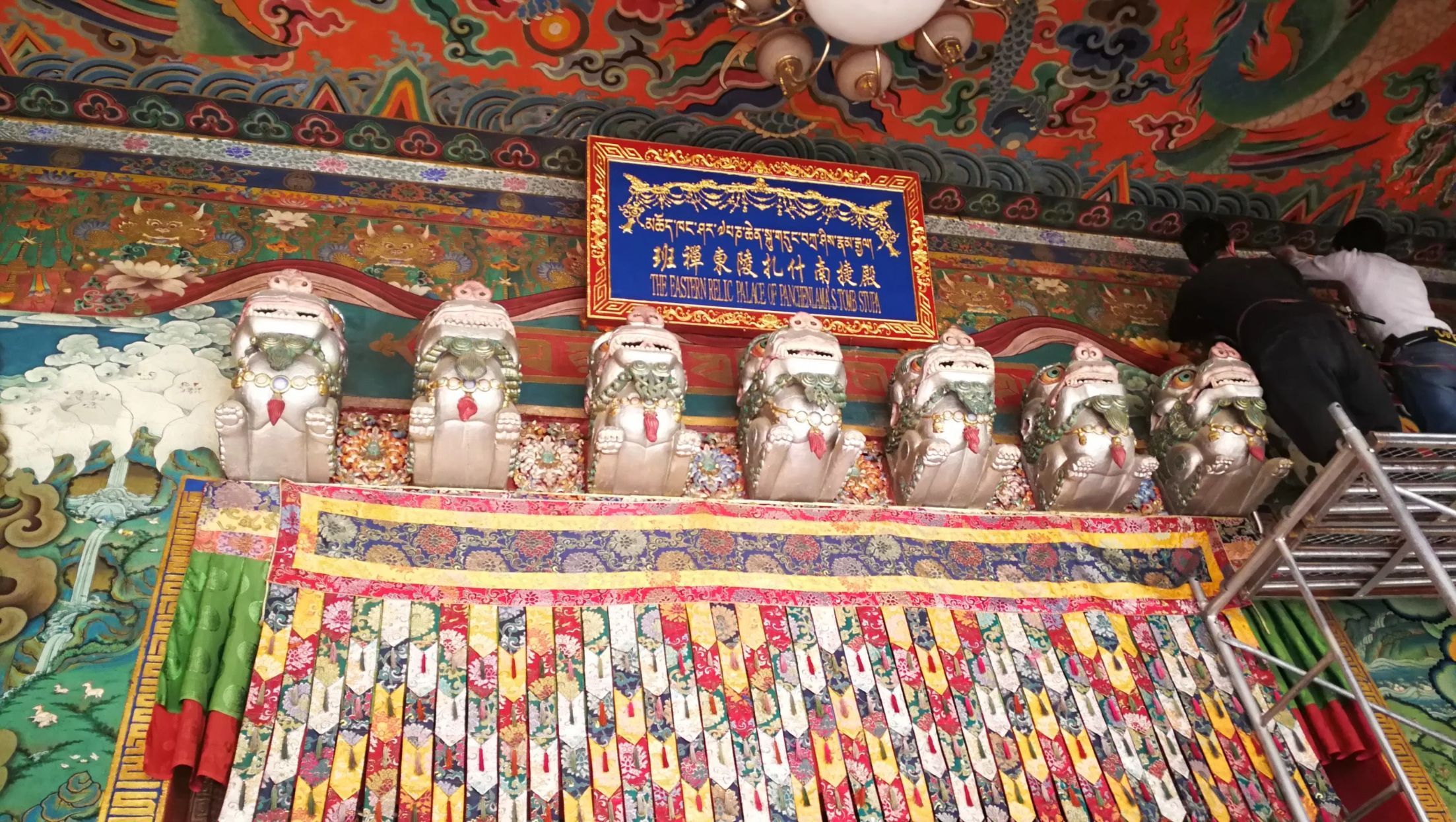
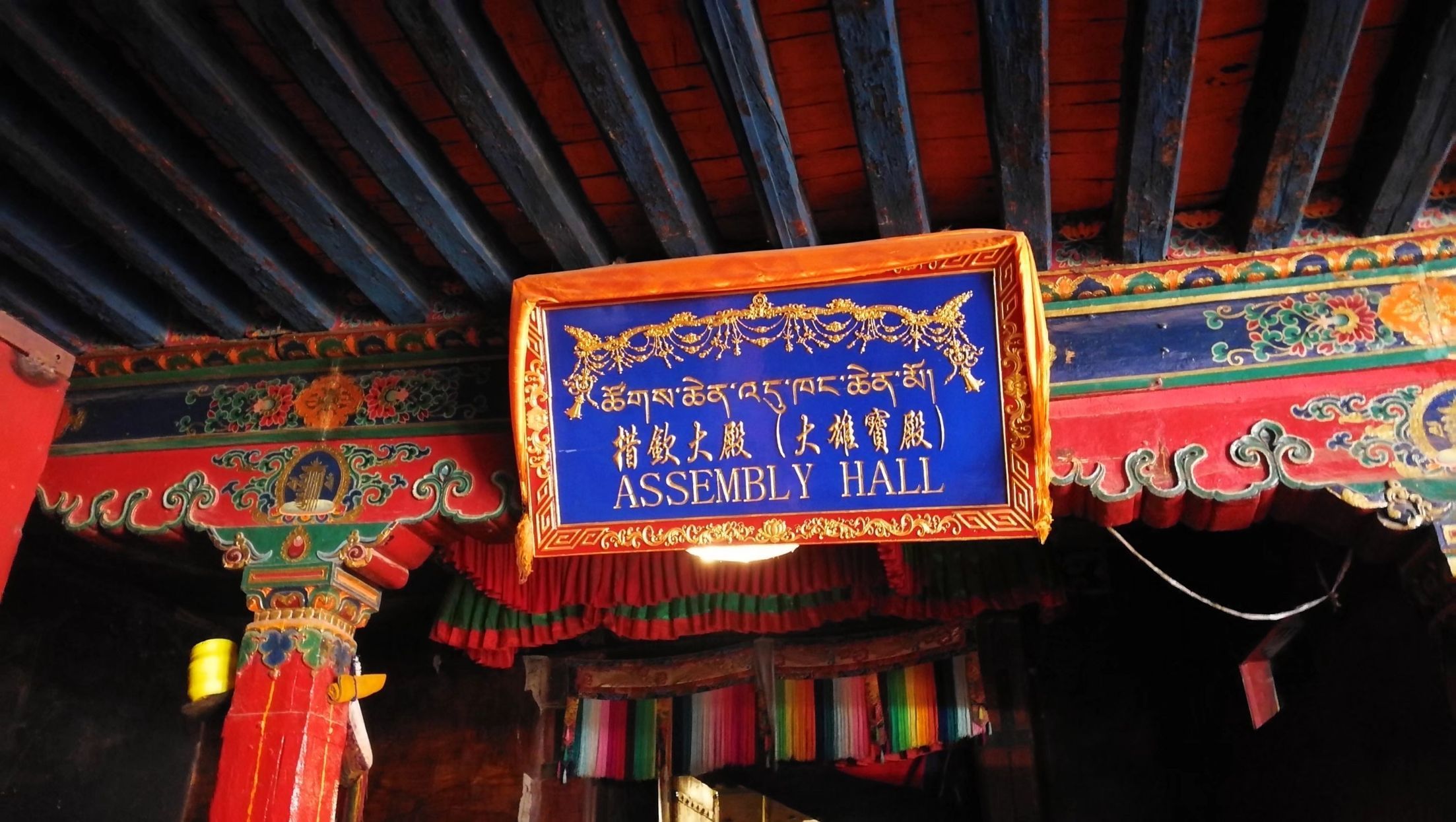
Tashilhunpo Monastery Video
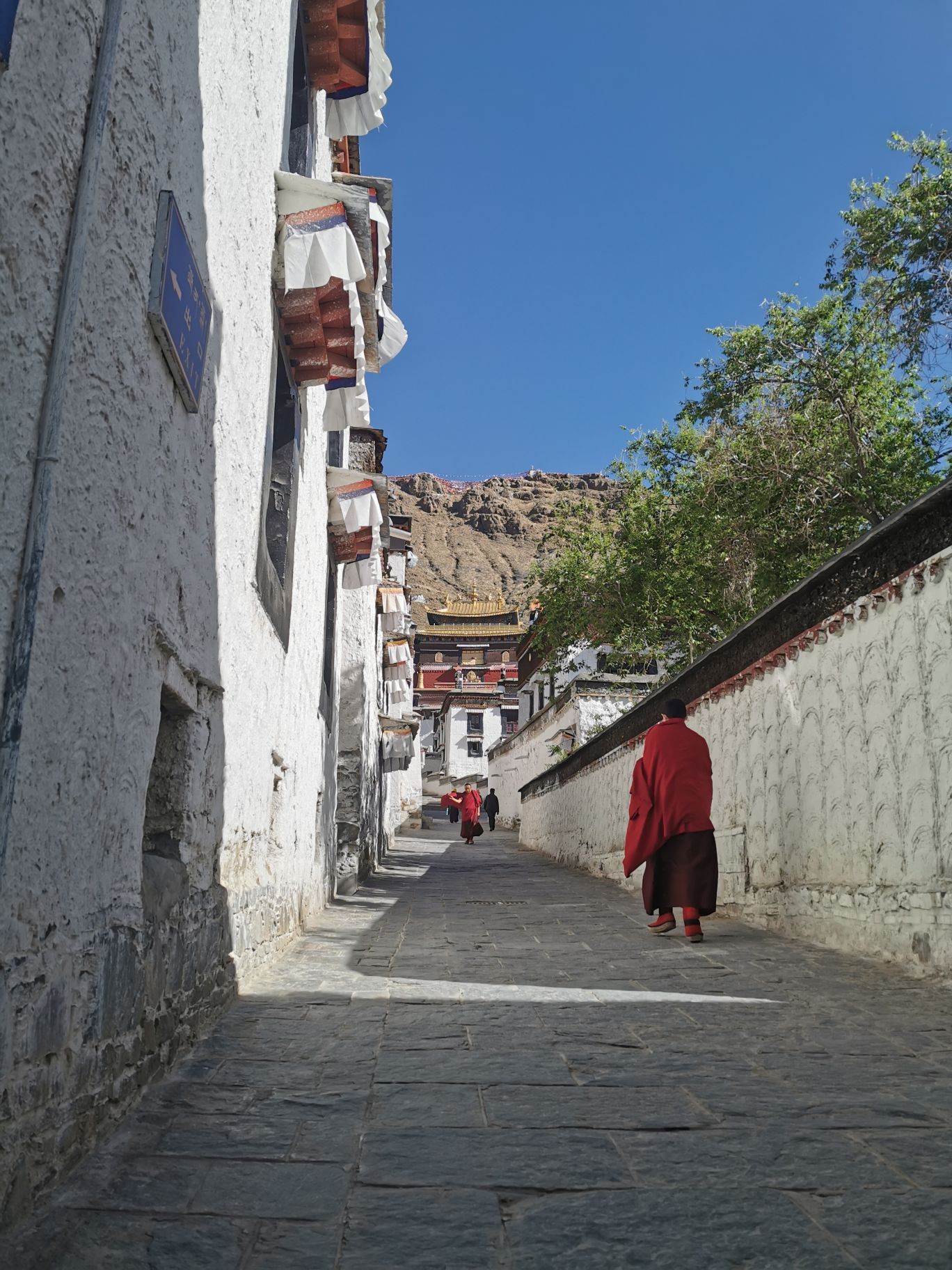
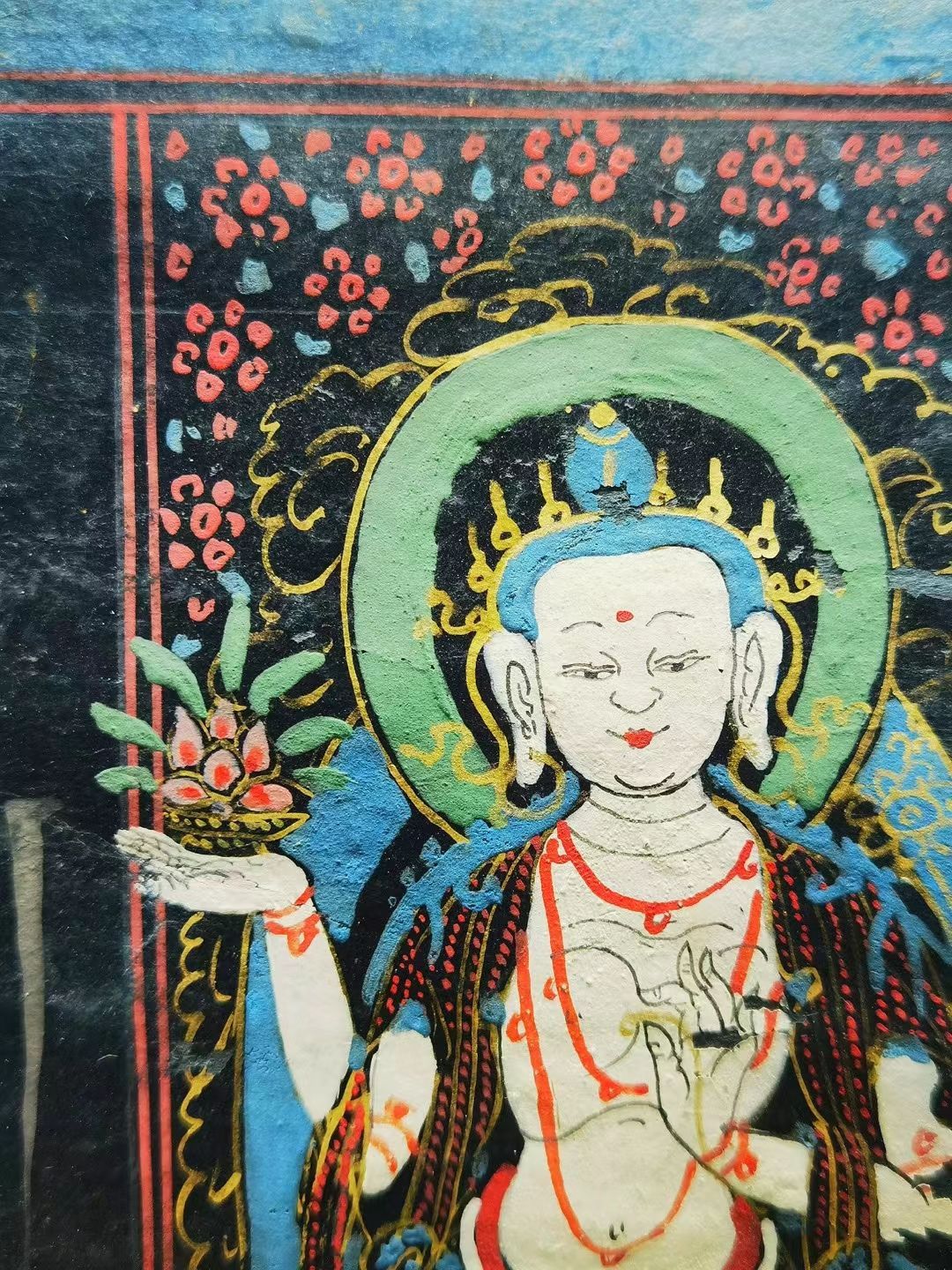
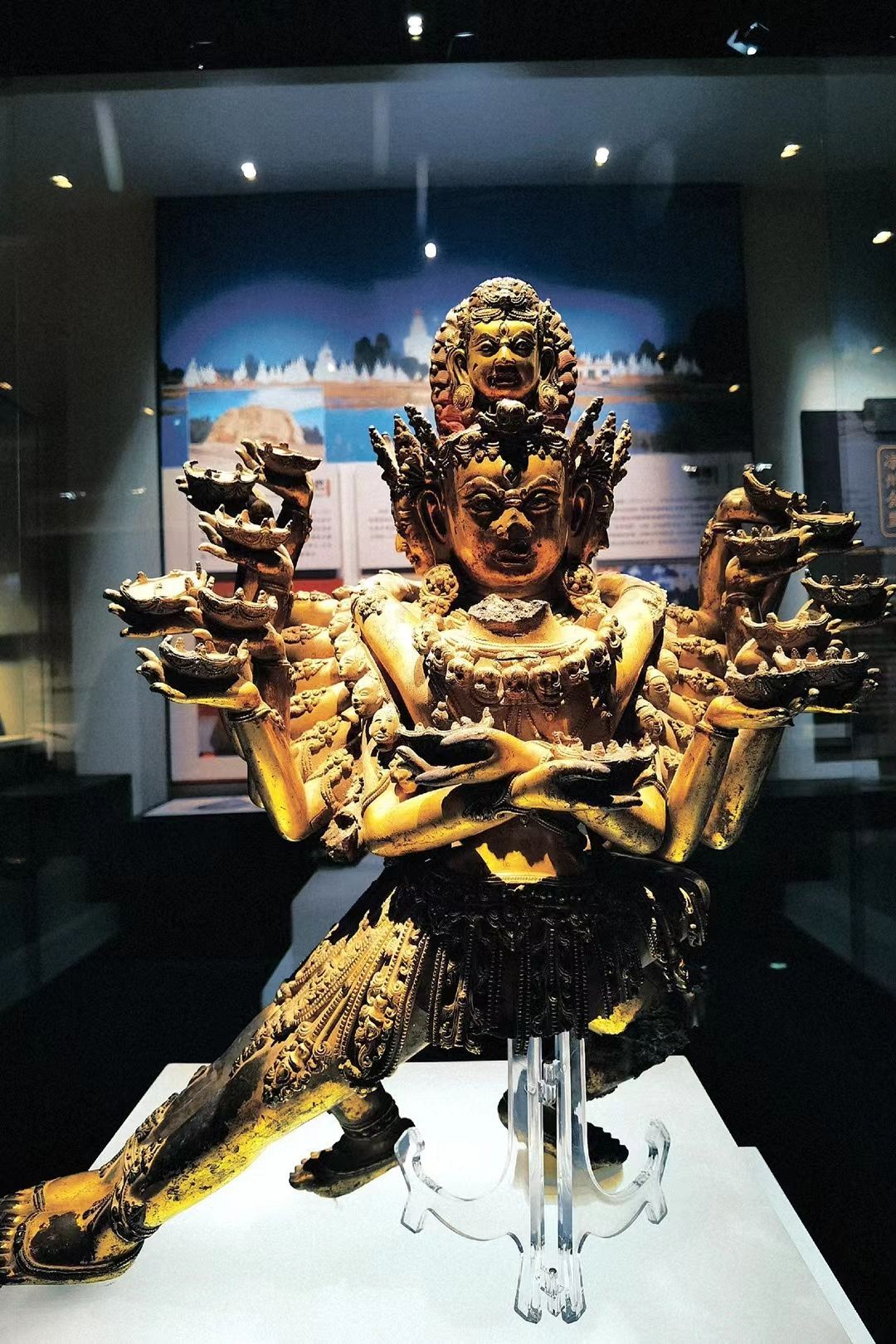
Tashilhunpo Monastery Travel Guide
must see Travel tips
Tashilhunpo Monastery is a Gelugpa temple. Please respect local customs and beliefs. When visiting, follow the rule of entering from the left and exiting from the right. The prayer wheel should also turn clockwise.
Scenic spot explanation: tour guide service fee 200 yuan

